For over a century, the Klamath River’s anadromous fishes have been blocked from the upper reaches of their natal spawning and rearing waters. After decades of proposals, alliances, court battles and, finally, solidified plans, four dams have been removed from the upper Klamath River and the largest dam removal project in the U.S. is nearing completion. The Fly Shop has supported the dam removal project since it’s inception, and while we are experiencing some cloudy waters below for now, we anticipate the next few years to be bangers as conditions stabilize and the fish repopulate these important spawning areas.
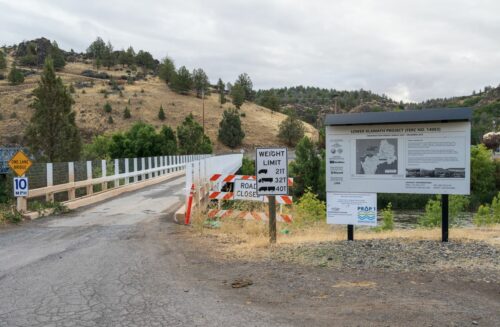 A Short History
A Short History
Prior to the dams, The Klamath River system was home to the third largest salmon run in California. Spring and winter Chinook runs, Coho and Steelhead all inhabited this river system. Copco Number 1 Dam, completed in 1922, blocked passage to their natal waters. To make matters worse, over time sediment buildup in the reservoirs caused algae blooms and warmed the waters each summer. The stretch of river bed just below Iron Gate dam is also scoured of cobble revealing bare bedrock making this stretch unsuitable for spawning habitat. In 2002, an estimated 33 – 70,000 adult salmon died in the Klamath River as a result of low flows in the lower river. This sparked the movement among the Klamath River tribes, the Yurok, Hupa, Klamath and Karuk, and partners, to challenge the relicensing of the dams in 2005 with the ultimate goal of having them removed.
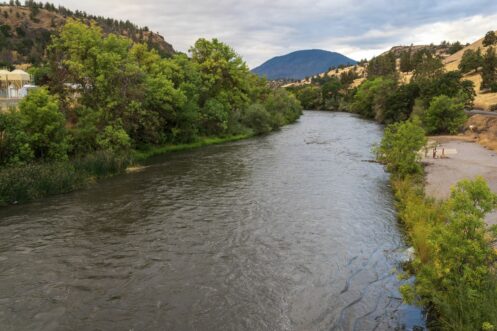
Fast forward to February 25, 2022, when the FERC (The Federal Energy Regulatory Commission) released their final Environmental Impact Statement. The dams would be removed beginning in 2023 with a projected completion in September, 2024. This enormous project included drawing down the four reservoirs, removing the dam structures, removing nearly a million cubic yards of sediment, decommissioning the old and reconstructing a new fish hatchery, stabilizing streambanks with native plants, and restoring historic river channels. That it is nearly completed is astonishing.
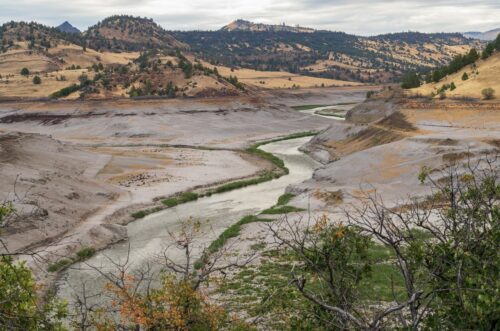
2024 Season Outlook
Just in the past couple of weeks the coffer dams were breached at the former Iron Gate and Copco 1 Dam sites. These breaches carried tons of sediment into the river channel and downstream. The resulting turbid water reduced the visibility all the way to the mouth of the river. When the J. C. Boyle cofferdam was breached in early August, it too released quite a bit of sediment into the river causing the turbidity to spike. Fortunately the river cleared in a couple of weeks and the fishing on the lower reaches of the river below Blue Creek was fantastic.
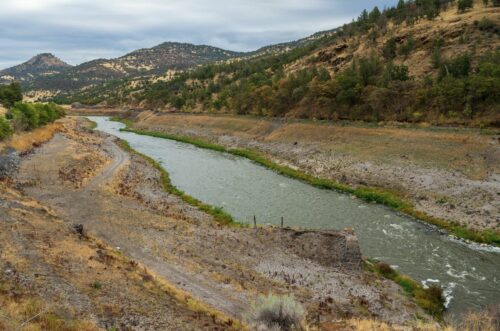 While the river is too murky to fish now, the good news is we typically see little to no rain through October and the receding waters will eventually clear. And the fish will return as they always have. With the salmon season closure this year, we should see these fish above Iron Gate for the first time since the 1920’s. For those looking to fish the stretch below Iron Gate, we will have to see how many fish will stay to spawn as they have prior to the dam removal. This was a solid location from come December to land a lot of steelhead. Don’t fret, there are many miles of river to float above.
While the river is too murky to fish now, the good news is we typically see little to no rain through October and the receding waters will eventually clear. And the fish will return as they always have. With the salmon season closure this year, we should see these fish above Iron Gate for the first time since the 1920’s. For those looking to fish the stretch below Iron Gate, we will have to see how many fish will stay to spawn as they have prior to the dam removal. This was a solid location from come December to land a lot of steelhead. Don’t fret, there are many miles of river to float above.
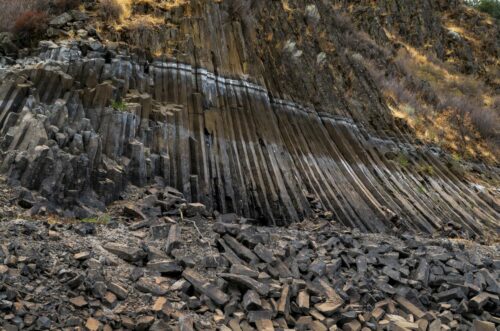 In the meantime, it was super interesting to see the old river channel become a river again. Besides the reappearance of long hidden riffles and runs, there are many interesting geologic features including some columnar basalt formations on the canyon walls just below the Copco powerplant which should make this a fun stretch to float. We look forward to exploring these places over the winter.
In the meantime, it was super interesting to see the old river channel become a river again. Besides the reappearance of long hidden riffles and runs, there are many interesting geologic features including some columnar basalt formations on the canyon walls just below the Copco powerplant which should make this a fun stretch to float. We look forward to exploring these places over the winter.
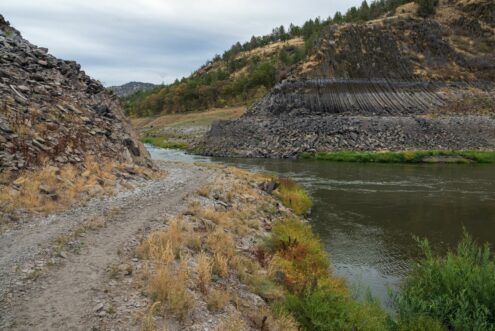 Booking a Guided Trip
Booking a Guided Trip
Whether you are looking for a quick getaway for a day or would like to arrange a larger get together for your extended family and friends, our professional guides will give you a great day of fishing.
If you are interested in learning more about our Guide Service locations or would like to check availability, call or send an email to Bryan Quick or Chris King in the Outfitters Department (530) 222-355 or (800) 669-3474.

